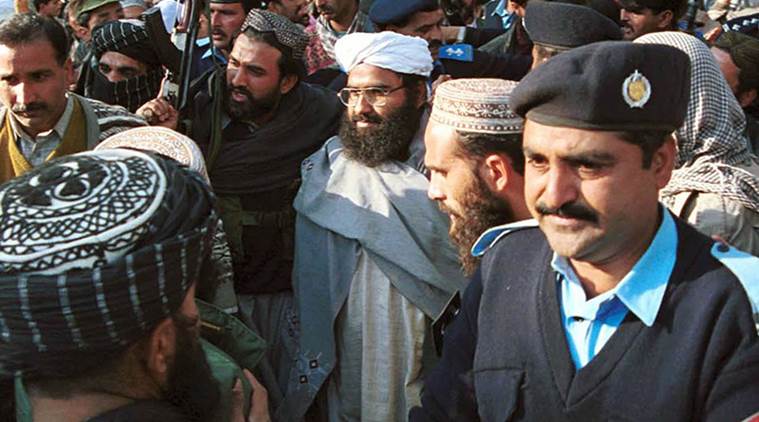From reactive restraint to muscular retaliation — a tale of two doctrines
When it comes to tackling terrorism, India’s approach has seen a decisive shift under Prime Minister Narendra Modi. Gone are the days of polite condemnations and backroom diplomacy. In their place: surgical strikes, air raids, and global isolation campaigns against Pakistan. From 2014 onwards, India began speaking a new language — one that terrorists and their backers couldn’t ignore.
The Modi government abandoned the old playbook of strategic restraint. It made terrorism a red line — not just with words, but with weapons, intelligence upgrades, and relentless diplomatic offensives. India’s posture shifted from managing terror incidents to deterring them through calibrated retaliation.
Contrast this with the Congress-led UPA era (2004–2014), where responses were mostly reactive. Constraints came from coalition compulsions, bureaucratic sluggishness, and a political class hesitant to step beyond diplomatic notes. Even after cataclysmic events like the 2008 Mumbai attacks, India confined itself to dossiers and dialogue — a strategy that left the public frustrated and terrorists emboldened.

Policy Mindset: National Security vs Political Caution
Modi Government (2014–2025)
- Adopted a hardline, security-first doctrine.
- Zero-tolerance stance turned into action, not just rhetoric.
- Terrorism became a core electoral and governance issue.
Congress-led UPA (2004–2014)
- Focused on dialogue and diplomatic isolation of Pakistan.
- Terror was treated as an administrative headache, not a national crisis.
- Policy diluted by coalition politics and fear of minority backlash.
Major Terror Incidents: Different Scripts
Under Congress:
- 2008 Mumbai attacks (166 dead): No military response; focused on legal procedures and global diplomacy.
- 2006 Mumbai train bombings (200+ killed): Internal probes, with no retaliation or deterrence.
Under Modi:
- 2016 Uri attack: The Indian Army conducted cross-border surgical strikes.
- 2019 Pulwama bombing: The Indian Air Force bombed terror camps in Balakot, deep inside Pakistan.
- Military response became part of the new Indian doctrine — publicly declared, strategically executed.

Border & Intelligence Infrastructure
Modi Era:
- Massive investment in border roads, fencing, and surveillance tech.
- Empowered agencies like R&AW and NIA with higher budgets and tech tools.
- Rolled out NATGRID to centralize terror-related intelligence.
Congress Era:
- Post-26/11, set up the NIA and initiated NATGRID, but execution lagged.
- Coordination between agencies remained patchy.
- Institutional reforms moved slowly under bureaucratic inertia.
Legislation: Tightening the Noose
Modi Government:
- Amended UAPA to allow individuals (not just groups) to be declared terrorists.
- Gave more teeth to the NIA and created multi-agency counter-terror centers.
- Focused on pre-emptive legal empowerment of security forces.

Congress Government:
- Repealed POTA in 2004 under pressure from allies — a blow to early-stage enforcement.
- Passed UAPA amendments post-26/11, but with limited scope.
- Often seen walking on eggshells when it came to tough security legislation.
On the Diplomatic Front
Modi Government:
- Took India’s terror narrative global, getting Pakistan greylisted by FATF.
- Used forums like the UN, G20, and RICS to spotlight Pakistan-sponsored terrorism.
- Foreign policy shifted from “talks-first” to “terror-first.”
Congress Government:
- Continued the composite dialogue approach with Pakistan.
- Tried isolating Pakistan post-26/11 but avoided escalation.
- Maintained a cautious tone even when provoked repeatedly.
Verdict: Strength vs Silence
The difference is stark. Modi’s India speaks from a position of strength — with missiles, missions, and microphones. Congress, on the other hand, governed in a fog of caution and coalition compromises. In the battle against terrorism, one party drew red lines. The other mostly crossed its fingers.






